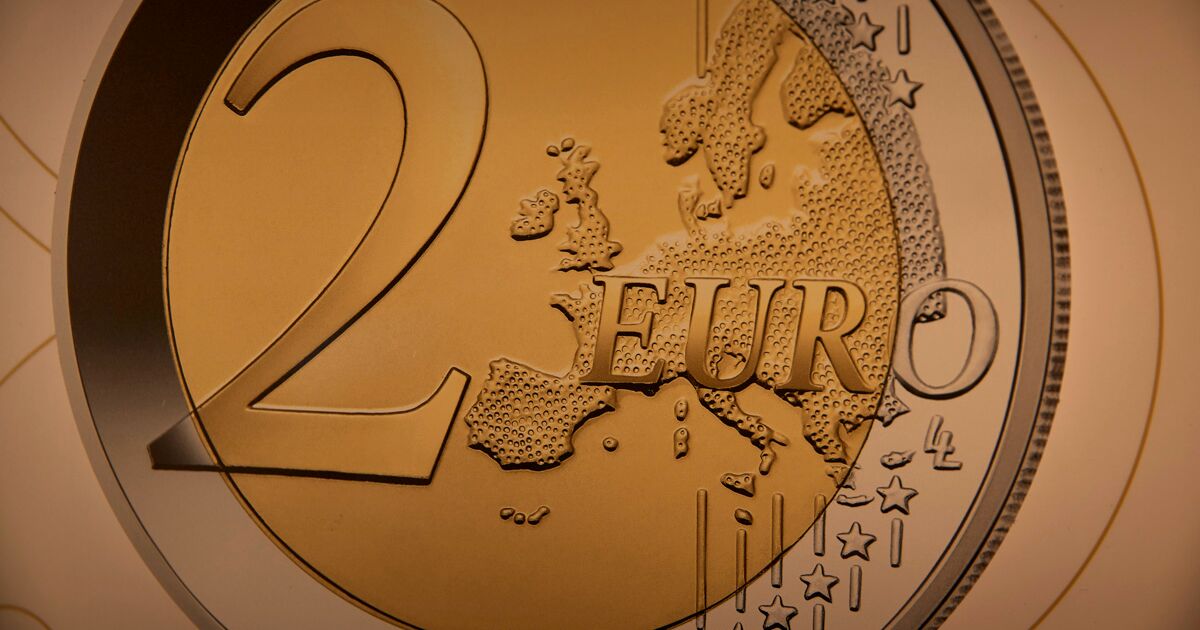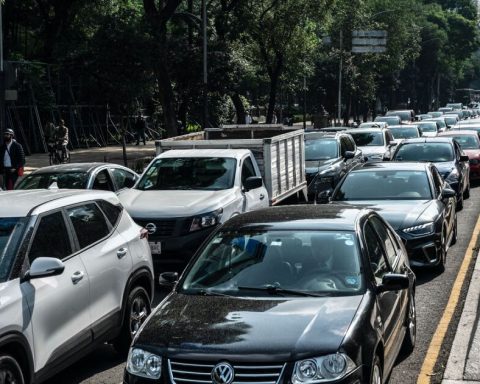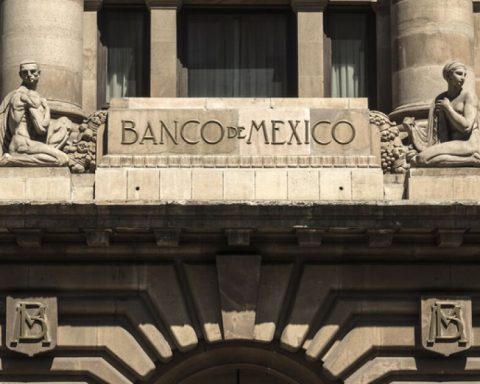“Rate hikes appear to be a fiscal challenge for a minority of developed market sovereigns and at least six of 19 emerging market sovereigns,” said the S&P report, which assumed borrowing costs would rise by about 300 basis points. in the next three years.
With many countries already raising interest rates at the fastest pace in decades, the borrowing costs of the richest countries, shown in their benchmark bond yields, have already risen more than 200 basis points, or 2 percentage points, during the past year.
A three-year increase of 300 basis points from today would translate, on average, into a 1 percentage point (ppt) of GDP increase in interest spending by 2025 compared to the GDP median interest expense of this year 2.2%.
“That’s a significant pressure point on government spending in most cases,” S&P said, though “still manageable” in many cases thanks to falling costs seen over the past decade.
Possible exceptions include Italy, where debt already exceeds 140% of GDP, although S&P expects the European Central Bank to prevent Rome’s borrowing costs from rising by as much as 300 basis points.
Failure to do so could push Italy’s interest costs as a percentage of GDP to 5.5%, a level last seen in 2012 before then ECB chief Mario Draghi made his famous promise to preserve profitability. of the eurozone “whatever it takes”.
For Spain the rate would rise to 3 ppts of GDP, its highest level since 2015. For the United States it would be 4.6 ppts, for Great Britain there would be an increase of 3.5 ppts, while in Japan, which has a debt/ Highest GDP in the world with 223%, would rise to 5.4 ppts.
And there are other complications. The rapid increase in interest rates in the world is expected to cause many economies to stop their growth almost completely in the coming years.
“This implies that to stabilize debt relative to GDP, governments would need to adjust underlying fiscal positions more than they seem willing or able to do at the moment,” S&P analysts said, pointing to coalitions of governments that now they subsidize energy and, in some cases, food costs.

















